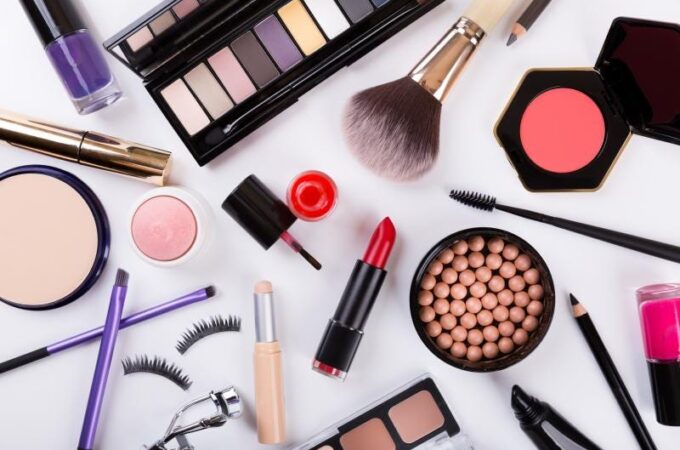
The Meaning of Colours in Marketing
When it comes to business and marketing, colours are rarely random. There are people who specialise in choosing them accordingly to the brand, specific industry, target audience, etc. They play an important role in how others see you on the market and even how they feel about you. It’s essential to incite the right emotions and connotations.
- Yellow – e.g. McDonald’s, Nikon, DHL, UPS – yellow indicates clarity and warmth, but also some kind of joy and happiness, as it’s the colour of sunshine. It’s almost always positive.
- Orange – e.g. Nickelodeon, Fanta, Amazon – orange is associated with cheer, joy, jauntiness, but also with confidence. It always adds something fun to the picture and it’s often used for products that are made for children.
- Red – e.g. Coca-Cola, Netflix, Canon – red is all about being young, bold, even a little crazy. This colour encourages appetite, but it also indicates danger, so it’s important not to overuse it.
- Purple, pink – e.g. Aussie, Hallmark, Lynx – purple indicates that something is imaginative, but also wise. Pink is very often chosen for girls’ and women’s products and services, while purple connects also to luxury.
- Blue – e.g. Facebook, Oral-B, Dell – blue brands want to be seen as dependable, strong, very often modern. A lot of tech companies choose this colour for their brands. Blue is like the sky – borderless and full of possibilities. However, sometimes it can also indicate coldness and sadness.
- Green – e.g. Android, Starbucks, Spotify – green is associated with growth, health and trust, therefore a lot of eco-friendly and nature-connected companies decide to use it. However, it’s also linked to money.
- White, greys, black-and-white – e.g. Apple, Pumpa, Hyundai – it means something neutral, calm, clean and innocent, and also, just like blue, very often modern, almost futuristic.
If you want to know more about visual branding, check out this infographic provided by Stickeroo:





